In this tutorial the author shows how to find the area of Rectangles, Triangles and Parallelograms. He says that an area of a figure is nothing but the amount of space taken up by that figure. He now explains that the area of rectangle is length times the breadth. He demonstrates it with an example. Now he says that an area of a parallelogram is base times height. He also demonstrates how to find the area of a parallelogram. Finally he shows the area of a triangle is half times the product of its base and height. He shows that a triangle is nothing but half the area of a similar parallelogram and he uses and example to calculate the area of a rectangle. In this tutorial the author shows how to find the areas of basic geodetic figures.
Apple's iOS 26 and iPadOS 26 updates are packed with new features, and you can try them before almost everyone else. First, check Gadget Hacks' list of supported iPhone and iPad models, then follow the step-by-step guide to install the iOS/iPadOS 26 beta — no paid developer account required.




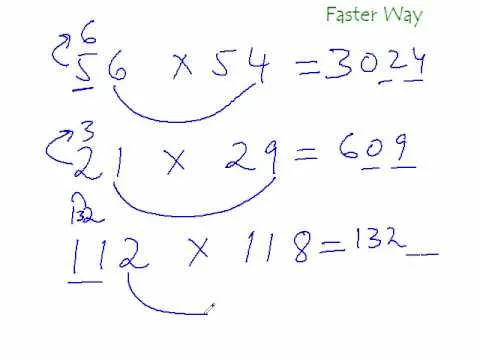
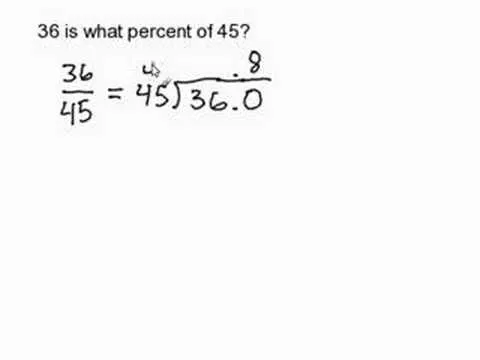
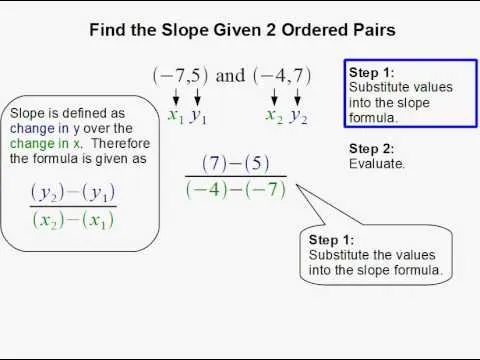












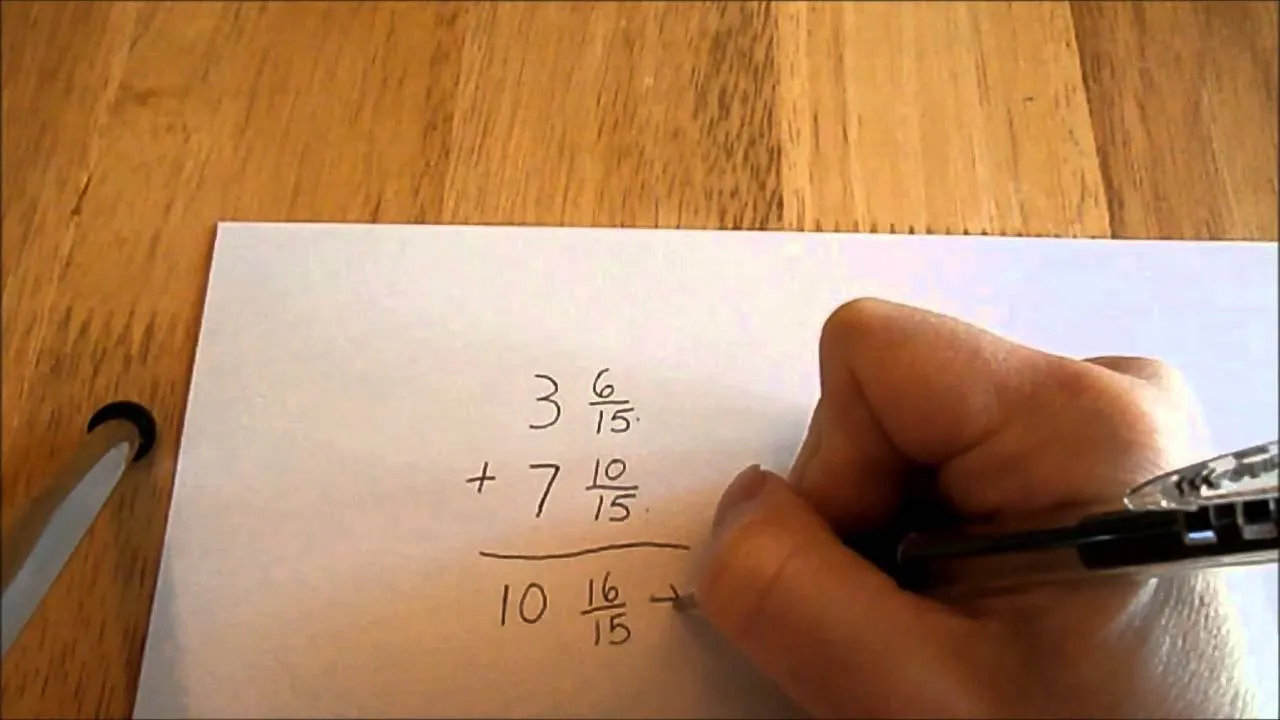

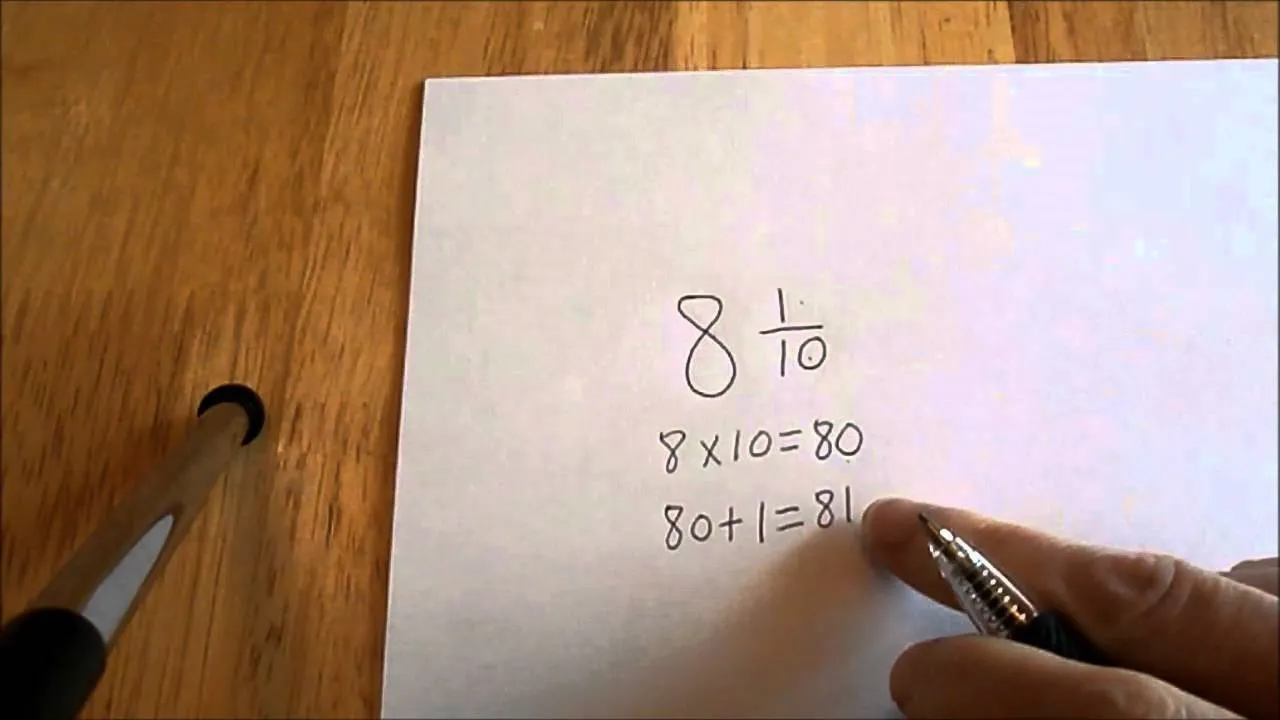


Comments
Be the first, drop a comment!